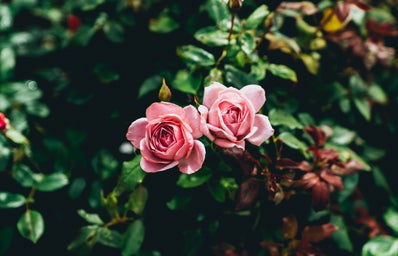“He can’t wear that. That’s a girl color.” There are certainly many who have heard phrases along this line before. Color and gender have been directly related since the 60s, when the Sear’s catalog designated pink for the girls and blue for the boys. In pregnancy photos when they find out the baby’s gender and post it on social media, a lot of people use pink to show they’re having a girl and blue if they are having a boy. It’s become such a social norm now that everywhere we go, there are colors categorized for girls and boys.
This goes along with certain objects as well. Girls are known to play with dolls and princesses when they are young and boys are expected to like cars and dinosaurs. I remember when my brother was younger he had a love for my D.W. doll. It was basically a sin for him to play with it, because “dolls were for girls.” Since it’s such a normal thing today and even though our society is rapidly changing everyday, people will still comment on colors related to gender.
Of course it wasn’t always like this. Before Sear’s came out with that catalog, way back in the Victorian era (1830s to early 1900s), the colors were switched around. In fact, children just wore little white dresses. That way it would be easier to bleach the actual poop out of it. The color blue was considered more feminine and dainty for the girl. Pink was considered a stronger and more sturdy color for boys. During the women’s liberation movement, the unisex style became a strong suit. Boys and girls were both dressed in frilly dresses and color didn’t seem to matter anymore.
In the fashion industry, having every color being categorized for the different genders increases the sales. Having a baby girl would result the parents in wanting pink sheets, a pink bed, pink room, etc. And if it were a baby boy, the same would apply to the color blue. A child should remain a child and not be categorized as masculine or feminine, because of their gender and the colors they dress in. Today’s society may still have some of these ideas, but more and more people are starting to look into gender neutral colors for their kids.



